---------------------------------------------------------
There are hundreds of chicken breeds out there – how do you narrow it down to the perfect one? There are a couple of factors to consider when deciding the best breed for your yard.
Climate
The first thing to consider is your climate. Do you have very cold winters? Heavier breeds that can generate more body heat like Austrolorps, Cochins, Brahmas, Orpingtons, & Wyandottes are good choices. In cold weather climates, it’s a good idea to choose breeds that have smaller combs & wattles. The smaller the comb, the less susceptible it will be to frostbite. Do you live in a warmer climate? Bantams do better in warmer weather, and some of the “slimmer” breeds of chickens like Campines & the Egyptian Fayoumi could be perfect for you.
Egg Color & Size
The next point to consider is egg color and size. Some people like to have a uniform look to all their eggs and some like a variety. Did you know you can tell what color egg a chicken will lay by looking at it’s earlobes? In general, chickens with white earlobes lay white eggs and chickens with red earlobes lay brown eggs. White egg layers also tend to be more tolerant of heat, and brown egg layers more tolerant of the cold.
Some good choices for white egg layers are Ancona and Leghorns. For brown eggs, Rhode Island Reds & Plymouth Rocks are very reliable egg layers. Add some variety to your egg basket with a “chocolate” layer (dark brown eggs) with Marans or Welsummers. Ameraucana and Easter Egger chickens can really add some color to your egg basket. They lay eggs in colors that vary from light blue to pink to green.
Chicken eggs can also come in sizes from extra small to extra large. If you like to bake, most recipes call for large eggs and using a different size can throw off the recipe. For scrambled eggs and omelets the size of the egg doesn’t matter at all. You can get around this issue by measuring eggs. A large egg equals 3 tablespoons of whipped egg white & yolk.
Ornamental, meat, or lots of eggs?
Lastly, you need to decide which is most important – do you want chickens that are ornamental, meat birds, or reliable egg layers? I like to have a varied flock. Some of my breeds are super star egg layers. Some barely contribute to the egg basket, but are just so gorgeous I don’t even care! You can have a beautiful, curly feathered Frizzle but you will probably only get a couple of eggs per week out of her, or you can have the less flashy Rhode Island Red and reliably get 5-6 eggs a week.
If you are looking to raise meat birds you will want to raise a meat chicken breed. Cornish Cross is the most popular meat chicken in the US. They are ready for processing in just 6-8 weeks. Jersey Giants are also a popular choice. Meat breeds are designed to grow fast, so they will consume more feed than traditional egg layers. You should not raise meat breeds unless you are committed to butchering them. These breeds grow so fat, so fast that by the time they are 4-5 months old their organs and limbs can start to give out on them.
Dual purpose chicken breeds are great for both eggs & meat. They will not be as fast growing as the meat breeds. Most dual purpose chickens are butchered around 18-20 weeks. But unlike meat breeds, if you decide to not butcher they can live on to provide eggs. Some dual purpose breeds include Orpingtons, Plymouth Rock, Wyandotte, and Brahmas. Dual purpose is a good compromise if you want the option of meat birds, but don’t have the time to keep up with butchering every couple of months.
If you want the most eggs possible out of your backyard flock, you should look at some of the egg production breeds like Red or Black Stars, Golden Comets, Leghorns, and Rhode Island Reds.
Buying Local or Online?
The first group of chickens I got were whatever breeds my local feed store had. The nice part about buying local is that the breeds were all well suited to my climate. They were all great egg layers, but they were not the fanciest birds. When we expanded our flock, we turned to mail order hatcheries to get a much wider selection of breeds. We have ordered many times from My Pet Chicken.com with great results. You can check them out by clicking here.
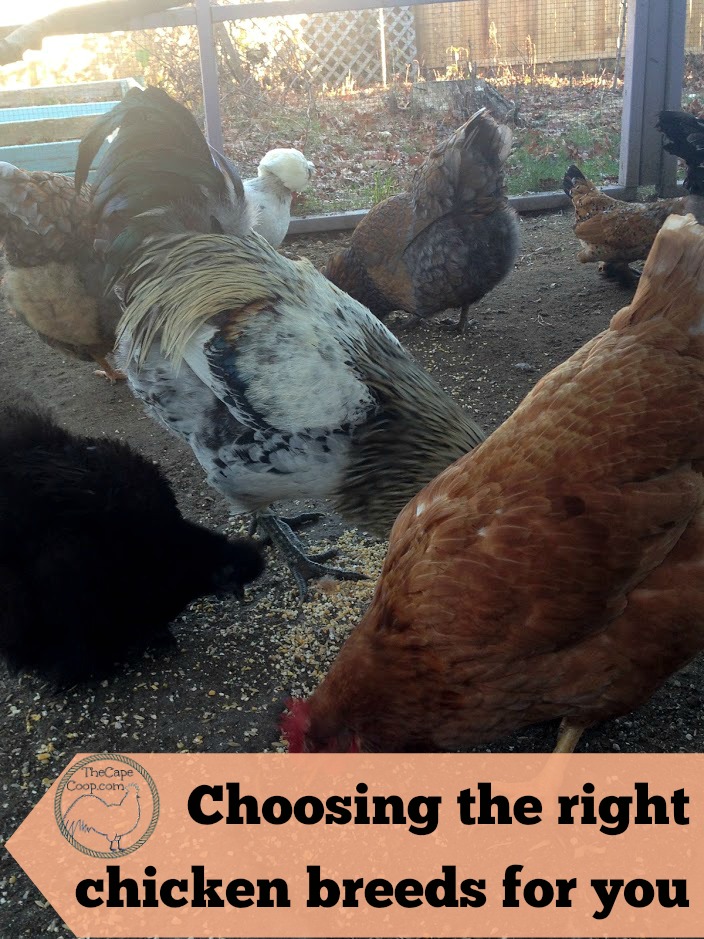

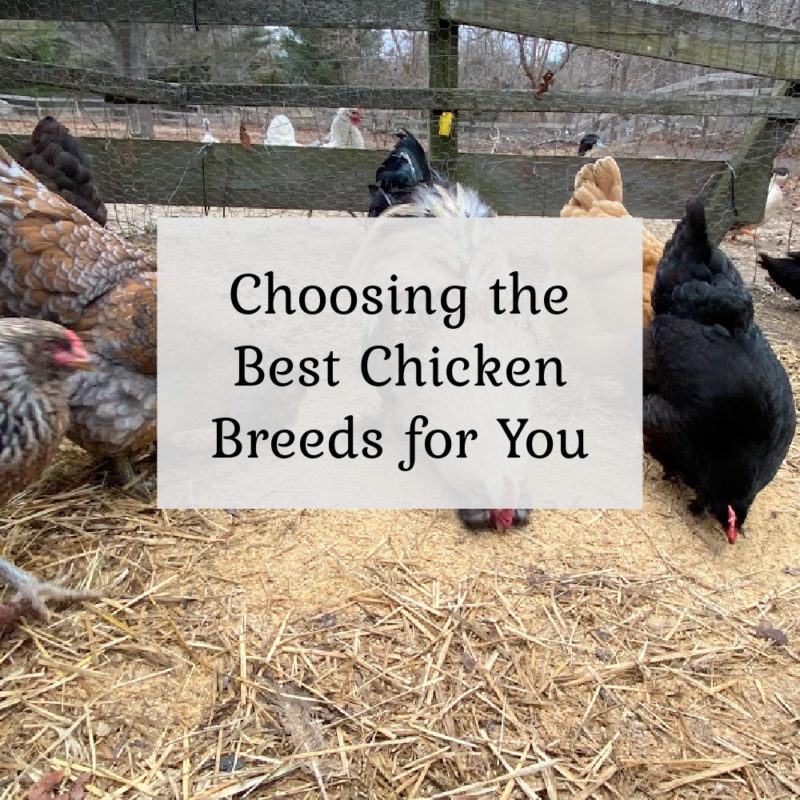
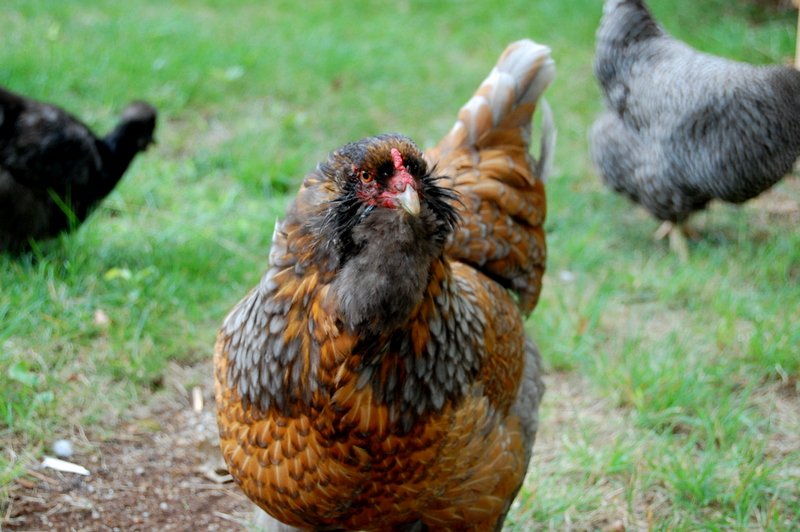

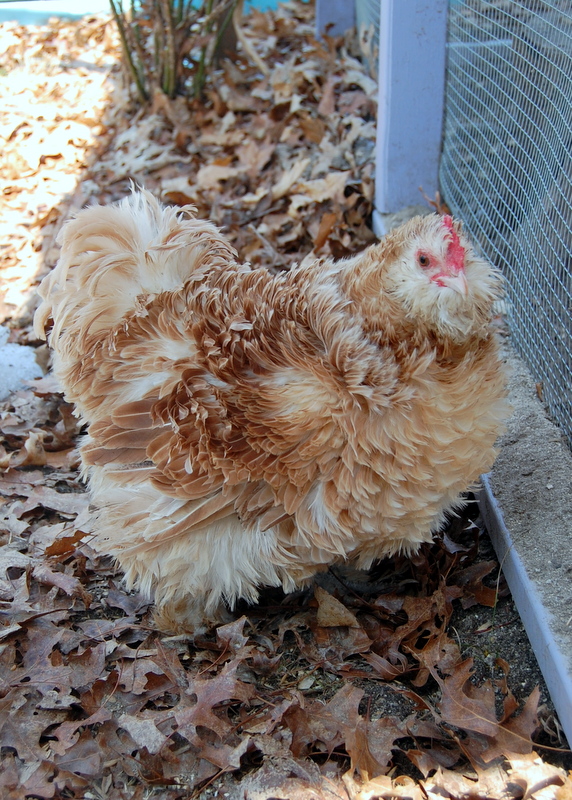
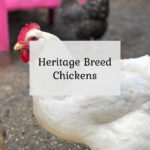
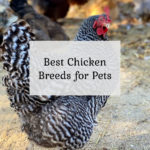

Debbie Roberts
Wednesday 16th of April 2025
Where is the best hatchery to order from.
Liz
Wednesday 16th of April 2025
I like MyPetChicken.com, they have low minimum orders and I've always had healthy birds from them
thuoc ga da
Tuesday 19th of March 2019
I have difficulty choosing chickens to breed, because all breeds are the same. I can distinguish a certain number of chickens but not enough knowledge to distinguish them. Your article is very helpful for me, I will always support you.